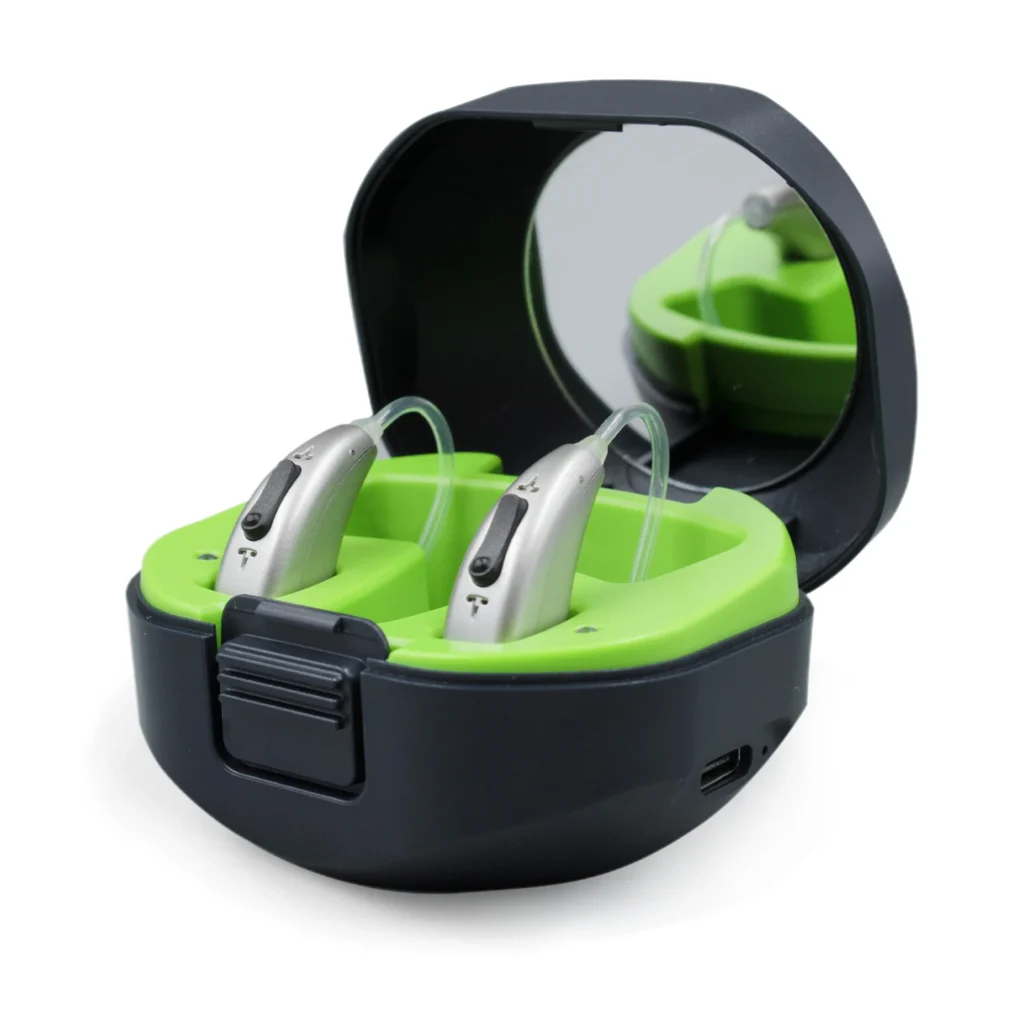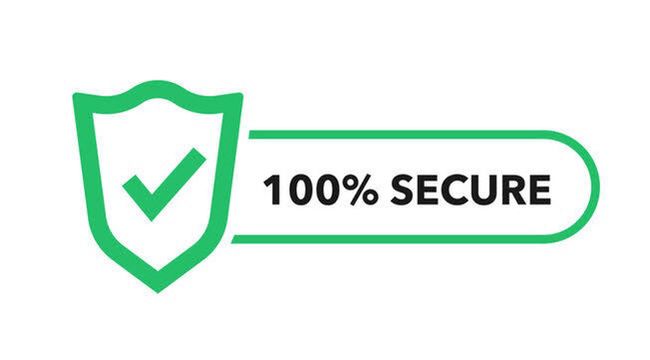LLLT Laser Therapy Tinnitus
LLLT Laser Therapy Tinnitus: Talking about tinnitus ear laser therapy earplug; there isn’t a universal cure, various treatments aim to alleviate symptoms. Laser therapy for tinnitus is one such option. Low-level laser therapy (LLLT) involves the use of low-power lasers to stimulate cellular function. The idea is that this stimulation can help reduce inflammation and promote healing in the inner ear, potentially easing tinnitus symptoms.
As for earplugs, they can serve multiple purposes in managing tinnitus. Specialized earplugs designed for tinnitus sufferers can help by reducing exposure to loud noises, which can exacerbate symptoms. Additionally, some earplugs incorporate sound therapy, providing soothing sounds to mask the ringing or buzzing of tinnitus.
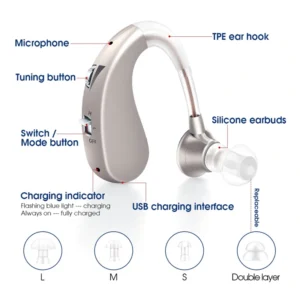
Combining laser therapy with earplugs might be seen as a comprehensive approach to managing tinnitus, targeting both the underlying physiological factors and the environmental triggers.
Meanwhile high-level laser therapy (HLLT) is a more intense form of laser therapy that delivers higher doses of laser energy. While low-level laser therapy (LLLT) focuses on stimulating cellular function, HLLT may target specific tissues or areas more aggressively. In the context of tinnitus treatment, HLLT might aim to address underlying issues such as inflammation or vascular problems in the ear.
Combining HLLT with earplugs for tinnitus management could be a comprehensive approach. The earplugs can help protect against loud noises, which can worsen tinnitus, while the HLLT targets potential physiological causes.
However, it’s essential to note that the effectiveness of HLLT for tinnitus treatment is still under investigation, and its use may vary depending on individual factors such as the cause and severity of tinnitus.
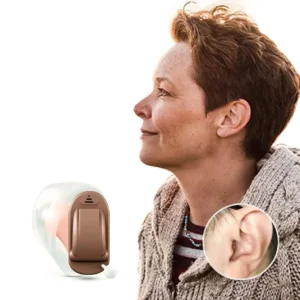
Comparison between low-level laser therapy (LLLT) and high-level laser therapy (HLLT) when combined with earplugs for the management of tinnitus:
- Treatment Intensity:
LLLT: Involves the use of low-power lasers to stimulate cellular function in the inner ear. It typically delivers lower doses of laser energy.
HLLT: Utilizes higher doses of laser energy, potentially targeting specific tissues or areas more aggressively.
- Mechanism of Action:
LLLT: Aims to stimulate cellular function, reduce inflammation, and promote healing in the inner ear.
HLLT: May target underlying physiological issues such as inflammation or vascular problems in the ear more aggressively.
- Risk and Safety:
LLLT: Generally considered safe with minimal risk of adverse effects when performed correctly.
HLLT: Requires careful calibration and administration due to the higher energy levels involved. Safety concerns may arise if not properly administered. “–Tinnitus ear laser therapy earplug”
- Effectiveness:
LLLT: Effectiveness varies among individuals. Some studies suggest potential benefits in reducing tinnitus symptoms, but results are mixed.
HLLT: The effectiveness of HLLT for tinnitus treatment is still under investigation. Research on its efficacy specifically for tinnitus management is limited.
- Cost and Accessibility:
LLLT: Typically more accessible and less expensive compared to HLLT. It may be available in various forms, including portable devices for home use.
HLLT: Can be more costly and may require specialized equipment or professional administration, limiting accessibility for some individuals.
- Combination with Earplugs:
Both LLLT and HLLT can be combined with earplugs for tinnitus management to provide additional protection against loud noises and potentially enhance treatment outcomes.
Ultimately, the choice between LLLT and HLLT, as well as their combination with earplugs, depends on factors such as individual preferences, severity of tinnitus, underlying causes, and professional recommendations.
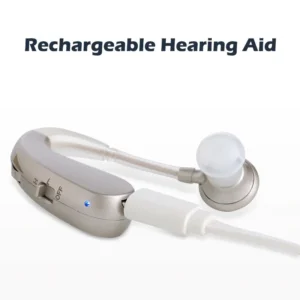
However, it’s essential to consult with a healthcare professional before trying any new treatment, as the effectiveness can vary from person to person, and some treatments may not be suitable for everyone.
Check Out Our Store For LLLT Laser Therapy Tinnitus
Does low level LLLT laser therapy work for tinnitus
Low-Level Laser Therapy (LLLT) is sometimes used as a treatment for tinnitus, but the evidence supporting its effectiveness is mixed. Some studies suggest that LLLT might offer temporary relief for certain individuals by reducing inflammation or improving circulation in the ear, but results are not consistently positive across all research.
The underlying cause of tinnitus can vary, and what works for one person might not work for another.
Low-level LLLT laser therapy tinnitus benefits;
Low-Level Laser Therapy (LLLT) for tinnitus is a treatment that some people explore, but its benefits and effectiveness can vary. Here are some potential benefits and considerations:
Potential Benefits
- Symptom Relief: Some individuals report temporary relief from tinnitus symptoms, such as reduced intensity or a decrease in the perception of the ringing or buzzing sounds.
- Improved Circulation: LLLT is believed to improve blood flow in the targeted area, which might help in cases where tinnitus is associated with poor circulation or inflammation.
- Reduced Inflammation: It may help reduce inflammation in the ear or surrounding tissues, which could be beneficial for certain types of tinnitus.
- Non-Invasive: LLLT is a non-invasive treatment, which means it doesn’t involve surgery or medication. This can be appealing for those looking to avoid more invasive procedures.
- Minimal Side Effects: Generally, LLLT has few side effects, especially when compared to some other treatments. It is usually well-tolerated by most people.
Considerations and Limitations
- Mixed Evidence: The scientific evidence supporting the effectiveness of LLLT for tinnitus is mixed. Some studies show benefits, while others do not. More robust and large-scale research is needed to determine its overall efficacy.
- Temporary Relief: For some individuals, any relief provided by LLLT might be temporary rather than long-lasting.
- Individual Variability: The effectiveness of LLLT can vary widely among individuals. What works for one person may not work for another.
- Cost: LLLT can be expensive, and it is often not covered by health insurance. It’s important to consider the cost and whether you might need multiple sessions.
- Lack of Standardization: There is no standardized protocol for LLLT in tinnitus treatment, which means the quality and approach can vary between providers.
Conclusion
LLLT may offer benefits for some individuals with tinnitus, particularly in terms of symptom relief and non-invasive treatment. However, due to the variability in outcomes and the current state of evidence, it’s important to consult with a specialist to determine if it’s a suitable option for you. They can help you weigh the potential benefits against the limitations and explore other treatment options if needed.
Low-level LLLT laser therapy tinnitus settings
Low-Level Laser Therapy (LLLT) for tinnitus involves using specific settings on the laser device to target the affected area. The precise settings can vary depending on the device, the practitioner’s protocol, and the individual’s condition. Here’s a general overview of what might be involved:
Common LLLT Settings for Tinnitus
- Wavelength:
- Typically, LLLT devices use wavelengths in the range of 600 to 1000 nanometers (nm). Common choices include 650 nm (red light) and 780 nm or 810 nm (near-infrared light).
- Wavelength choice can affect the depth of penetration and the type of tissue targeted.
- Power Output:
- Power density is usually in the range of 5 to 100 milliwatts per square centimeter (mW/cm²). Lower power settings are often used for general treatments, while higher settings might be employed based on specific protocols.
- Energy Density (Dosage):
- The energy density, or dose, is often measured in joules per square centimeter (J/cm²). Typical doses for LLLT range from 1 to 10 J/cm², depending on the specific protocol and area treated.
- Dosage is usually determined by the practitioner based on the individual’s needs and response to treatment.
- Treatment Duration:
- Each session might last between 5 to 20 minutes, depending on the area being treated and the device’s settings.
- Multiple sessions are often required, with treatments typically scheduled once or twice a week.
- Treatment Frequency:
- The frequency of treatments can vary. Some protocols recommend sessions for several weeks or months, depending on the severity and response to therapy.
Application Techniques
- Direct Application:
- The laser is often applied directly to the skin over the ear or around the head, depending on the protocol.
- Proximity to the Ear:
- Some treatments may involve placing the laser near the ear canal or on the mastoid bone behind the ear, aiming to target relevant tissues.
- Device Type:
- Different LLLT devices (e.g., handheld lasers, laser pads) might have varying settings and application techniques. It’s essential to use a device that is specifically designed and calibrated for therapeutic use.
Consultation and Customization
- Professional Guidance: Because the optimal settings can vary based on the individual’s condition and the specific device, it is crucial to consult with a healthcare professional or a trained therapist who specializes in LLLT. They can determine the most appropriate settings and protocol for your specific needs.
- Monitoring and Adjustment: Regular assessment of your response to treatment is important. Adjustments to settings or treatment frequency may be needed based on how you respond.
Low-level LLLT laser therapy tinnitus cost
The cost of Low-Level Laser Therapy (LLLT) for tinnitus can vary widely depending on several factors:
Factors Affecting Cost
- Location:
- Prices can differ based on geographic location. Urban areas or regions with higher living costs might have higher fees compared to rural areas.
- Clinic or Practitioner:
- Different clinics and practitioners may charge different rates. Specialized clinics or those with extensive experience in LLLT might have higher fees.
- Number of Sessions:
- The total cost often depends on the number of sessions required. Initial consultations and treatment plans can vary, and some practitioners offer packages for multiple sessions.
- Equipment and Technology:
- The type of LLLT equipment used can also impact cost. Advanced or specialized devices might contribute to higher treatment fees.
- Insurance Coverage:
- LLLT is typically not covered by standard health insurance or the NHS in the UK. Private health insurance plans might offer partial coverage, but this is not common. It’s important to check with your insurance provider about potential reimbursement options.
Estimated Costs
- Single Session: The cost of a single LLLT session generally ranges from £50 to £150 in the UK. This price can vary based on the factors mentioned above.
- Package Deals: Many clinics offer packages for a series of sessions, which might reduce the per-session cost. Packages can range from £300 to £1,000 or more, depending on the number of sessions and the clinic’s pricing.
Additional Costs
- Initial Consultation: There might be an additional fee for an initial consultation, which could range from £30 to £100. This consultation usually includes an assessment and discussion of the treatment plan.
- Follow-Up Visits: Some clinics might charge separately for follow-up visits or adjustments to the treatment plan.
Conclusion
While LLLT for tinnitus can be beneficial for some, the costs can be significant and vary widely.
Low level LLLT laser therapy for tinnitus in canada:
In Canada, Low-Level Laser Therapy (LLLT) for tinnitus is available, but its use and acceptance can vary. LLLT is offered by some clinics and practitioners who specialize in alternative or complementary therapies. However, it’s important to note a few key points:
- Regulation and Evidence: While LLLT is available, it’s not universally endorsed by the mainstream medical community. The scientific evidence supporting its effectiveness for tinnitus is still limited and mixed. Some individuals report improvement, but comprehensive, large-scale studies are lacking.
- Healthcare Provider Guidance: Before pursuing LLLT, it’s advisable to consult with a healthcare provider, such as an audiologist or an ENT specialist, who can help determine if this therapy is appropriate for your specific case. They can also guide you in exploring other evidence-based treatments for tinnitus.
- Finding a Provider: To find a clinic or practitioner offering LLLT, you might search online for local services or ask for recommendations from healthcare professionals. Ensure that the provider is qualified and that the treatment they offer is in line with current best practices.
- Cost and Coverage: LLLT might not be covered by public health insurance or extended health plans in Canada. You should check with your insurance provider and the clinic regarding costs and payment options.
In summary, while LLLT is available in Canada, its effectiveness for tinnitus is still debated, and it’s best to approach it with careful consideration and professional guidance.
Low-level LLLT laser therapy tinnitus uk:
In the UK, Low-Level Laser Therapy (LLLT) for tinnitus is offered by some practitioners, but it’s not widely adopted as a mainstream treatment. Here are some key points to consider if you’re thinking about LLLT for tinnitus in the UK:
- Availability: LLLT is available through some private clinics and practitioners who specialize in alternative or complementary therapies. It may not be commonly offered by the NHS, as its effectiveness for tinnitus is still considered inconclusive by many in the medical community.
- Evidence and Effectiveness: The scientific evidence supporting LLLT for tinnitus is mixed. Some studies suggest it may offer temporary relief for some individuals, but more comprehensive research is needed to establish its effectiveness and long-term benefits.
- Healthcare Consultation: Before pursuing LLLT, it’s advisable to consult with a healthcare professional, such as an audiologist, ENT specialist, or your GP. They can help you understand the potential benefits and risks and guide you toward evidence-based treatments that may be more effective.
- Finding a Provider: To find a clinic or practitioner offering LLLT in the UK, you can search online or ask for recommendations from healthcare professionals. Ensure that the provider is properly qualified and adheres to established guidelines for the therapy.
- Costs and Insurance: LLLT is generally a private treatment and may not be covered by the NHS or standard health insurance. Check with the clinic regarding costs and payment options, and verify whether any private health insurance plans cover this treatment.
In summary, while LLLT for tinnitus is available in the UK, it’s essential to approach it with caution.
Facebook Page
Instagram Page
Twitter Page
See also:
Shark Tank Tinnitus Remedy
Shark Tank Tinnitus Cure
